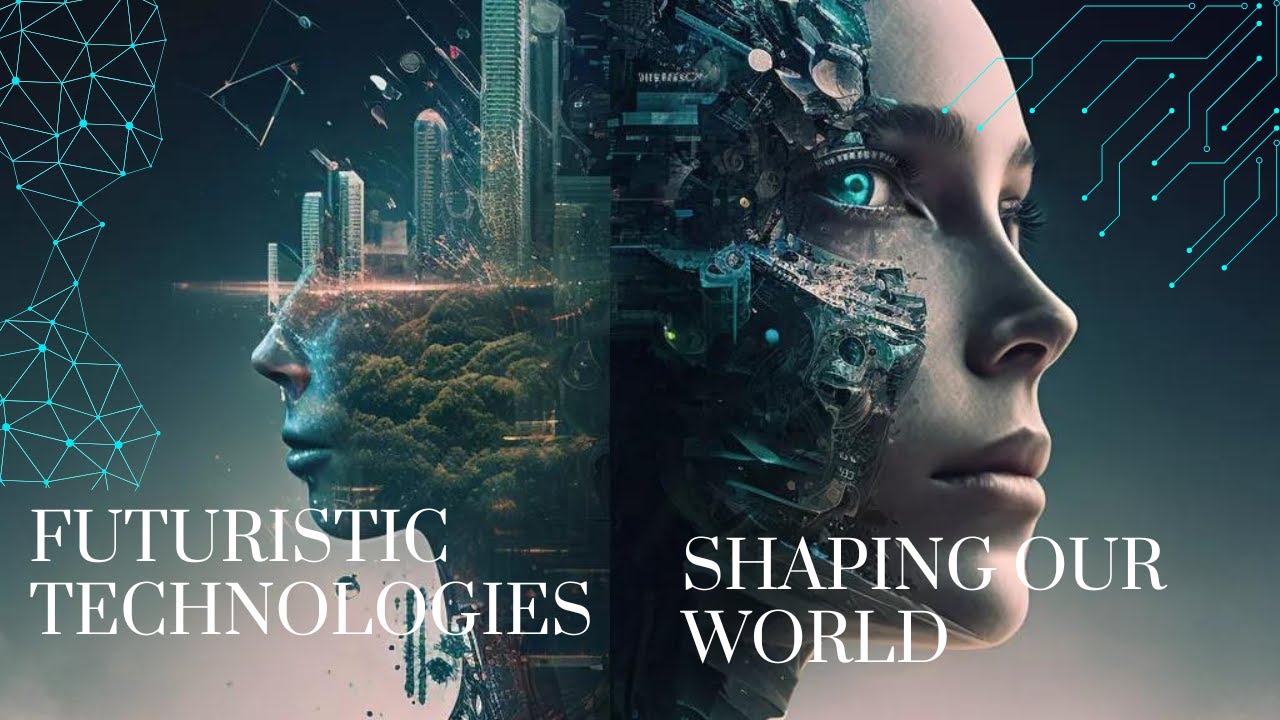Introduction: Standing at the Edge of a New Digital Dawn
For decades, the power of computing has been driven by Moore’s Law—the observation that the number of transistors on a chip doubles roughly every two years, fueling exponential growth in processing capabilities. But as silicon-based technology reaches its physical limits, the world is approaching a turning point. Classical computers, despite their staggering progress, are beginning to struggle with problems that demand unfathomable complexity and scale. Enter quantum computing: a transformative leap that promises not just faster machines, but a fundamentally different way of processing information. This is the quantum edge—a frontier where physics and information science converge to unlock the next era of computing.
From Classical to Quantum: Redefining the Rules
Classical computers, the devices we use daily, operate on binary logic: bits that are either a 0 or a 1. This binary simplicity has fueled everything from smartphones to supercomputers. But some problems, such as simulating molecular interactions or optimizing global logistics, require computational power that grows exponentially with complexity. Even the fastest supercomputers would need centuries to solve certain equations.
Quantum computing changes the rules. Instead of bits, it uses qubits—quantum bits that can exist as 0, 1, or both simultaneously thanks to the principle of superposition. Moreover, through entanglement, qubits can be correlated in ways impossible for classical systems, allowing them to share information across vast scales. These phenomena enable quantum computers to explore many solutions at once, tackling problems that classical machines simply cannot touch.
This isn’t just “faster computing.” It’s a new paradigm—like switching from two-dimensional thinking to three-dimensional exploration.
The Breakthroughs Behind Quantum Computing
The quantum edge has not emerged overnight. It is the result of decades of research in physics, mathematics, and computer science. Some of the foundational breakthroughs include:
- Superposition and Entanglement
These uniquely quantum properties form the foundation of quantum computing. They enable massive parallelism, where many possibilities can be evaluated simultaneously, and secure correlations that classical physics cannot replicate. - Quantum Algorithms
Algorithms such as Shor’s algorithm (for factoring large numbers) and Grover’s algorithm (for database searching) showed early on that quantum computers could outperform classical ones in key areas. These breakthroughs sparked global interest in quantum potential. - Error Correction and Noise Reduction
One of the biggest challenges of quantum systems is their fragility—qubits can easily “decohere” due to environmental disturbances. Advances in quantum error correction, fault-tolerant architectures, and cryogenic technologies are pushing the field closer to stable, scalable systems. - Hybrid Quantum-Classical Models
While fully universal quantum computers are still in development, hybrid models that pair quantum processors with classical systems are already proving valuable. These models exploit quantum strengths while leveraging classical efficiency.
Where Quantum Will Make the Biggest Impact
The quantum edge is not about replacing classical computers, but about extending the boundaries of what’s computationally possible. Industries across the globe are preparing for disruption.
1. Drug Discovery and Healthcare
The ability to simulate molecules at a quantum level could revolutionize medicine. Instead of years of trial and error in labs, quantum simulations could reveal how molecules interact, dramatically speeding up drug development for diseases like cancer, Alzheimer’s, and even future pandemics.
2. Cryptography and Cybersecurity
Quantum computing poses both a threat and an opportunity in cybersecurity. Algorithms like Shor’s could break widely used encryption methods (RSA, ECC), potentially exposing sensitive global data. At the same time, quantum-safe cryptography and quantum key distribution (QKD) are emerging to secure communications against future quantum attacks.
3. Financial Modeling
Banks and investment firms rely on complex simulations to model risk and forecast markets. Quantum algorithms could optimize portfolios, detect fraud patterns, and unlock insights hidden in massive data streams, giving financial institutions a powerful edge.
4. Artificial Intelligence and Machine Learning
AI already thrives on data, but quantum computing could supercharge its growth. By processing vast datasets more efficiently, quantum-enhanced AI could lead to breakthroughs in natural language processing, autonomous systems, and predictive analytics.
5. Climate Science and Logistics
Quantum computers could model climate systems with unmatched precision, offering insights into renewable energy solutions and disaster predictions. They could also optimize supply chains, air traffic management, and resource distribution on a global scale.
The Race for Quantum Supremacy
Quantum computing has become more than just a scientific pursuit—it’s a geopolitical and economic race.
- Tech Giants like Google, IBM, Microsoft, and Intel are investing billions in building scalable quantum hardware. In 2019, Google claimed “quantum supremacy” by performing a calculation in minutes that would take a classical supercomputer thousands of years.
- Startups such as Rigetti, IonQ, and PsiQuantum are bringing innovative architectures and new qubit technologies to the field.
- Governments across the globe, from the U.S. to China to the European Union, are treating quantum technology as a matter of national security and technological leadership. The stakes are enormous: whoever controls quantum computing could reshape industries and global power structures.
This competitive push is accelerating progress, much like the space race of the 20th century. But unlike the space race, the outcome here will affect everything from banking security to medical innovation.
Challenges on the Road Ahead
Despite its promise, quantum computing faces formidable obstacles.
- Scalability
Building a few dozen qubits is achievable, but scaling up to millions of error-corrected qubits needed for practical applications remains a monumental task. - Error Rates and Stability
Qubits are notoriously fragile. Maintaining coherence long enough to perform useful computations is still one of the toughest barriers. - Cost and Infrastructure
Many quantum systems require near-absolute-zero temperatures and sophisticated shielding, making them expensive and complex to operate. - Talent Gap
The demand for quantum scientists, engineers, and programmers far exceeds supply. Building the human expertise to support this technology is as critical as the hardware itself.
The Human Side of the Quantum Edge
While discussions often focus on hardware and algorithms, the true measure of the quantum edge lies in its human impact. Just as the personal computer democratized access to information, quantum computing could democratize access to problem-solving at an unprecedented scale.
- Researchers may unlock cures to diseases that seemed unsolvable.
- Businesses could optimize resources and innovate faster.
- Governments might better predict natural disasters, ensuring safety and preparedness.
- Individuals will experience a future where AI, personalized medicine, and secure communications are enhanced by quantum capabilities.
But with these opportunities also come ethical considerations. Who will have access to quantum power? Will it deepen inequalities between nations or industries? The decisions made today about openness, regulation, and collaboration will shape the trajectory of the quantum era.
Beyond the Horizon: What Comes After the Quantum Edge?
It’s tempting to think of quantum computing as the “endgame” of computational progress, but history teaches us that every breakthrough opens new questions. Some researchers already speculate about post-quantum computing, exploring fields like neuromorphic computing, DNA-based computing, or even technologies we can’t yet imagine.
The quantum edge is not a final destination—it’s a launchpad. It’s about pushing past the constraints of today to reveal what’s possible tomorrow.
Conclusion: Unlocking the Next Era
The story of computing has always been one of edges—moments when humanity stood at the boundary of what was possible and dared to step forward. We saw it with the invention of the transistor, the birth of the microprocessor, and the rise of the internet. Now, we stand before the quantum edge.
Unlocking this next era of computing will not be easy. It will demand collaboration across nations, industries, and disciplines. It will require patience, investment, and a willingness to rethink our assumptions about technology itself. But the potential rewards—revolutionary medicine, unbreakable security, smarter AI, and a deeper understanding of the universe—are nothing short of world-changing.
The quantum edge is not just about faster machines. It is about expanding the horizons of human knowledge and possibility. And as history shows, when humanity dares to cross such thresholds, the world is never the same again.







